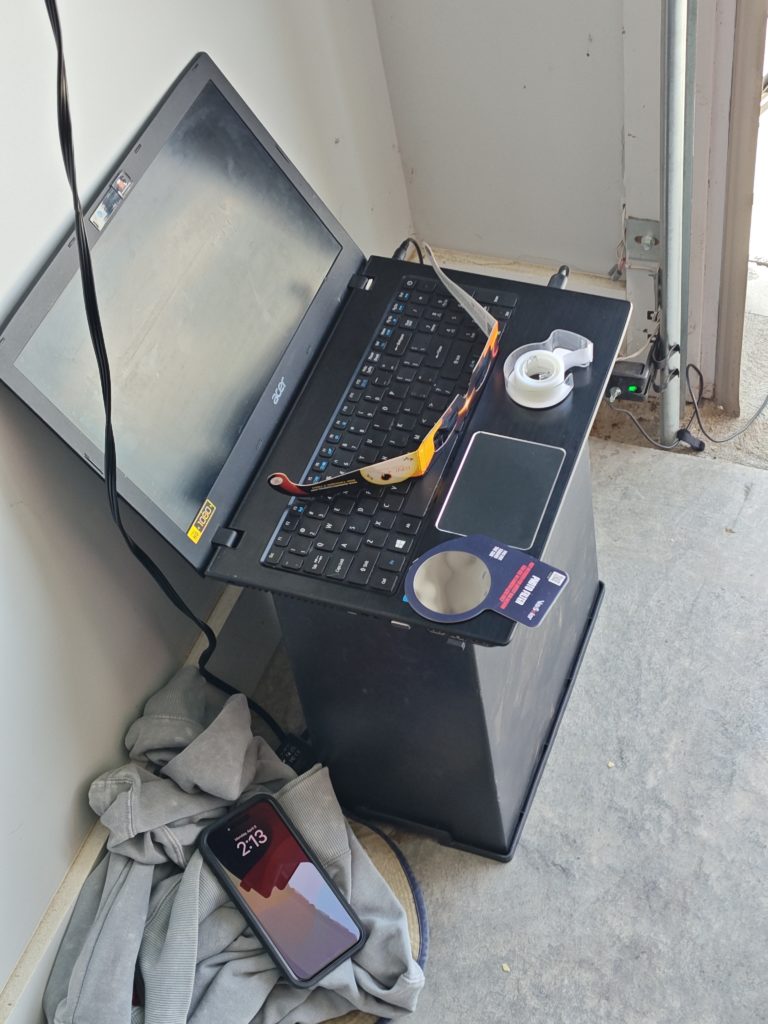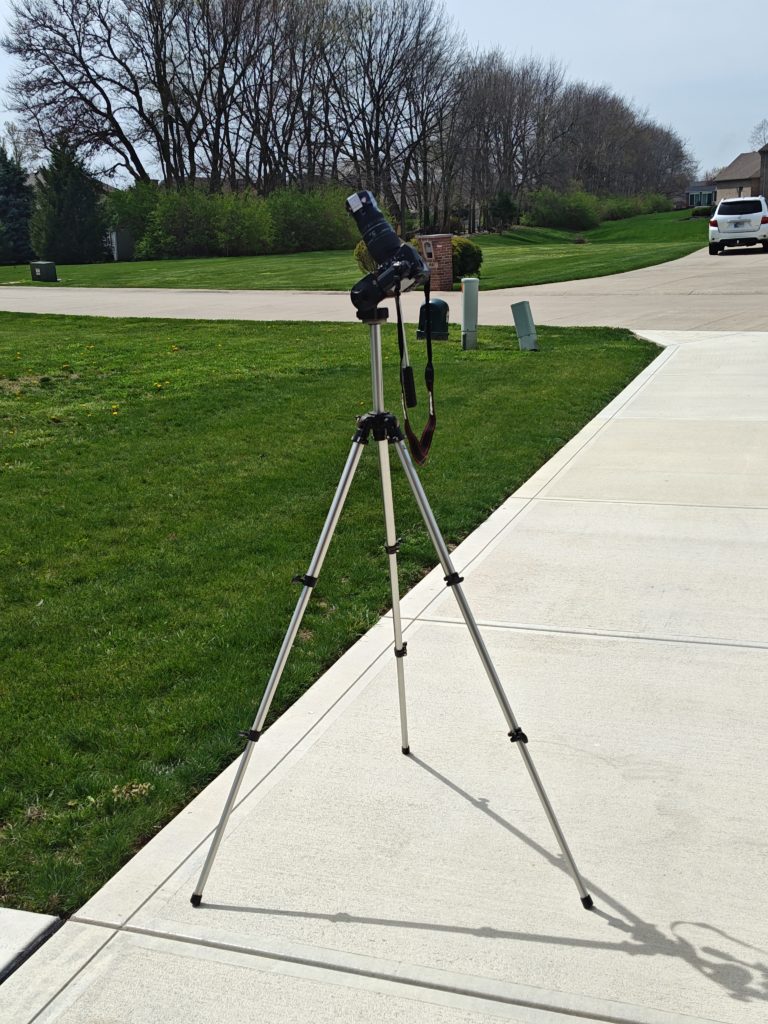Hey yo, not dead, just busy mostly. I forget if I mentioned it at all before, but starting right off at the beginning of the year I started doing some night classes through a work deal, so that has been eating up a lot of time. They run 3 nights a week for like 5 hours. The last one is on Tuesday though, so that will be over, until the next one I’ve signed up for at the end of February.
The class currently is a CCNA (Cisco Certified Network Administrator) prep class. I am pretty sure it also includes taking the exam at least once. It’s a Zoom class with an actual instructor, none of this self-paced online class stuff, like I normally do. It’s kind of weird being in a class like this, it’s been a while since I had an actual in-person class of any kind. My training for work was kind of that, I think I had a very brief Cloud Computing one a few years ago, and other than that was in college, back 20+ years ago.
It’s interesting, I already know some of it or know the general idea of some of it. My overall Achilles heel on this sort of thing is I am very very bad at “Industry jargon”. I can tell you the dookicky connects to the whoosits and I understand the what and the why of it doing it’s thing, but when it comes to actual terminology, I tend to lose it a bit. This is on a bit of a sliding scale though for how actually relevant it is. If the jargon is relevant and meaningful, I can usually remember it, when you get off into things like, corporate inspiring double speak jargon, I completely glaze over and don’t even hear it.
The future class and a third that I am on a waitlist for because it may already be full, will be much more interesting I think. And much more in line with any sort of potential “career pivot” in the future (look at me, using jargon like a pro!). The one I’m signed up for is Pen Testing for Cybersecurity, and the one I’m on the waitlist for is prep for some cybersecurity exam.
Notice I can’t remember the names of these certs, because, for the most part, certs fall into that “out there abstract jargon” area. It’s like this weird, pay-to-win gray area between self-paced learning and an actual university-level diploma or some sort of official license. I actually have the latter two, FWIW, a degree in Mechanical Engineering, and I am (I think) a licensed Engineering Intern (I think it doesn’t expire). If I ever got a job working under a Professional Engineer, after 5 years I could take another test and become a licensed Professional Engineer.
Anyway, aside from class stuff, the most exciting recent developments has been with my car. Two things, one, for at least a year now, the heating/cooling has been out of whack. I mostly just sort of dealt with it. I tried a few things, like changing some fuses and relays, adding coolant, etc. I finally scheduled with a mechanic to get it checked, and I suspected a leak in the coolant line, which it was. But, a week ago, a week before the mechanic was scheduled, we got this horrible winter storm and the battery died died. I’m actually not sure I’ve ever changed the battery in this car, I probably have though. It’s 9 years old now, give or take, and just under 100,000 miles.
This battery thing wouldn’t have been a huge issue except that one, it’s been freezing ass cold out, which makes it hard to get outside and pull the old one out. And two, I’ve been taking the above-mentioned night classes, which eats up the daylight time I had. I think Tuesday, after work, I pulled the old battery out, Wednesday I took it over to AutoZone on my lunch break to get checked. It was dead dead as expected. The AutoZone tech, looked up the new battery, and then suggested I could “pay quite a bit less elsewhere” and suggested a few other places in town. Which was nice of him, though I don’t think he quite understood his job.
Anyway, Thursday, the day before my car appointment, I went to a local battery shop around the corner from work, the first suggested place to go. Online reviews said it was the best place in town and they sell Exide batteries for very affordable prices. Irritatingly, they were closed, they were supposed to be open, according to the signage, but the door was locked and no one was around. So I rushed over to the second option, at the farm store a bit farther away. Got the new battery, stuck it in, and sure enough, car started just fine.
Then Friday I got the heating fixed, and it’s quite nice to have heat again in my car. There was a leak in the temperature sensor housing area. Cost a couple hundred for the part and then another couple hundred for labor, but it was overall about what I had hoped to pay. The place seemed decent as well, so I’ll have to go there if possible in the future when I need a mechanic. My old mechanic is down in Pana where I used to live, and my wife’s father, who was also a mechanic and did some work on our vehicles, passed away a few years ago.
Oh, and I got a new phone at the start of the year, I don’t think I mentioned the phone yet. I went with a 2023 Motorola Edge+. I’ll post more on that later, maybe, probably.






















